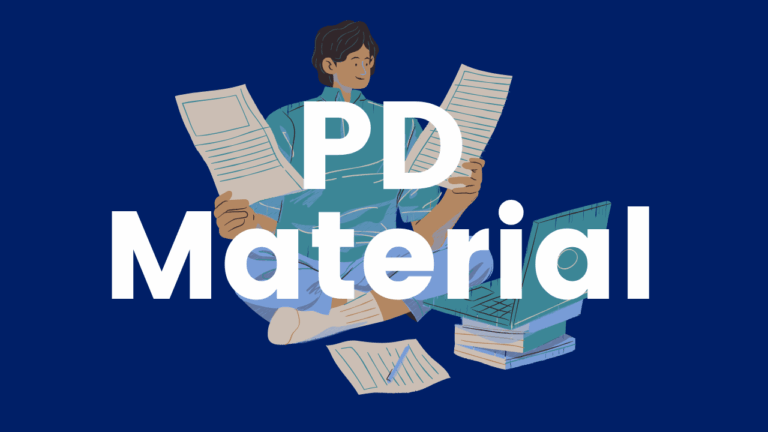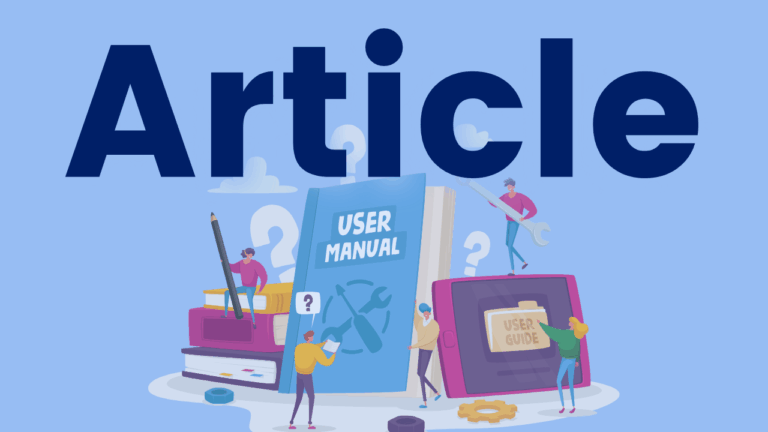Knowledge and Practice Standards for Teachers of Reading
The Knowledge and Practice Standards define the knowledge and skills that all teachers of reading should possess to teach all students to read proficiently. These competencies can be used to guide professional development for educators.





